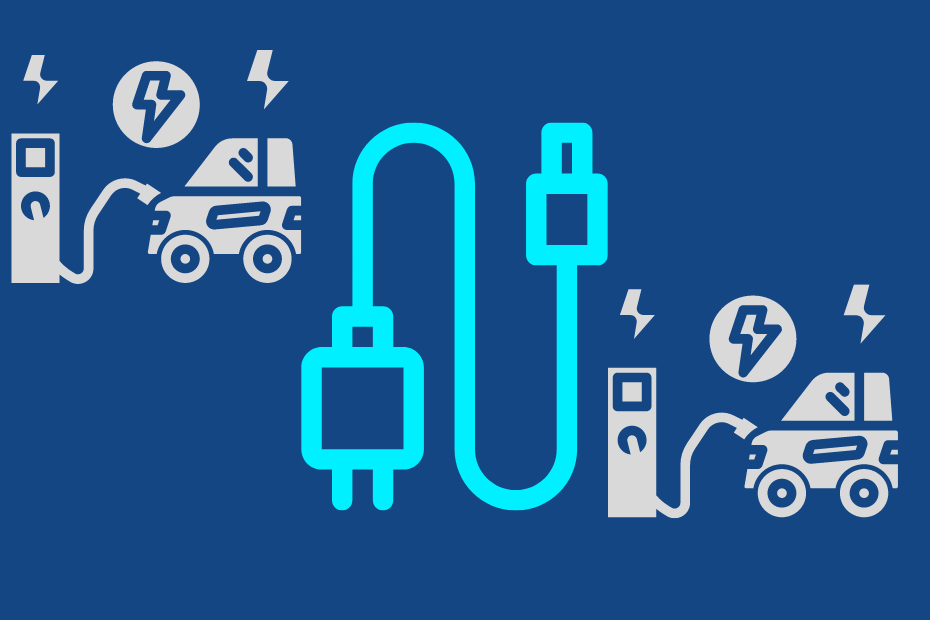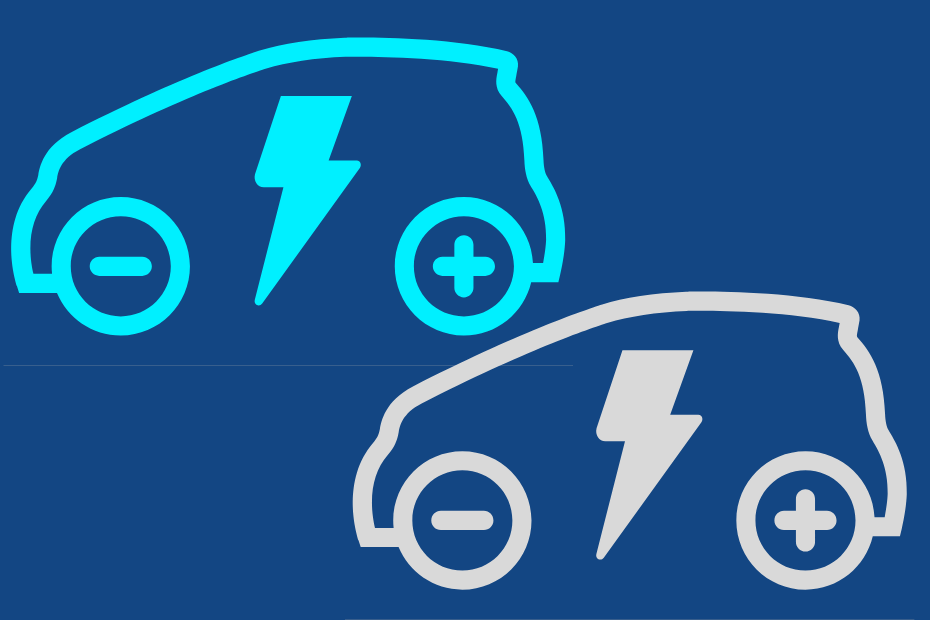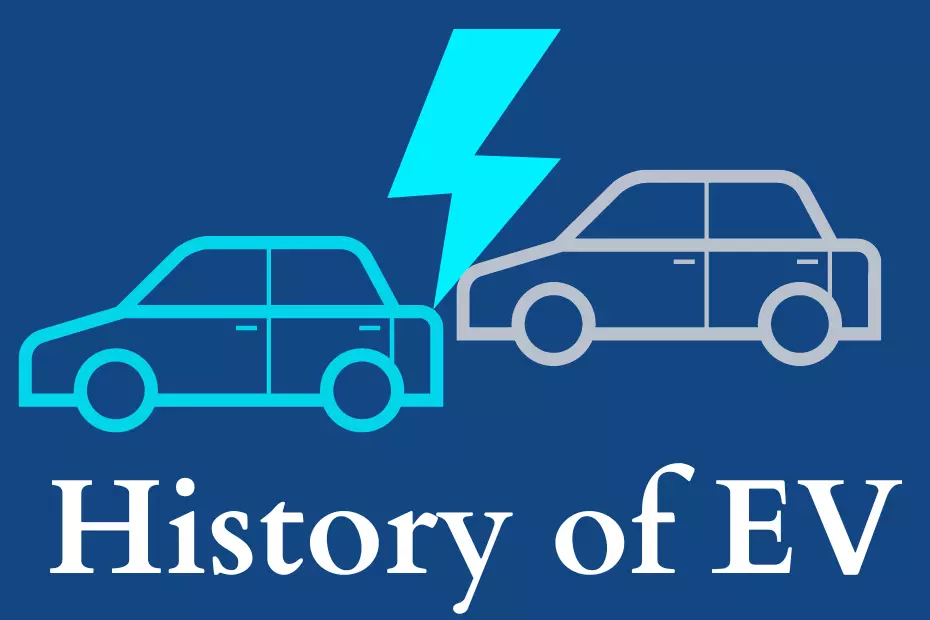EV Exploration: The Different Types of Electric Vehicle

We are in a new age of transportation. The days of the noisy, polluting gas guzzlers are slowly (but surely!) coming to an end, and being replaced by something altogether more exciting – electric vehicles! All across the globe, this technology is transforming how we get from A to B. Whether you’re looking for a smooth ride around town or an out-of-this-world adventure into some uncharted territory, with electric vehicles you can really reach beyond your imagination. But before making the switch, it’s important to understand what type of electric vehicle is best suited for your needs. Read on as we explore the various types of EVs available today!

What is an Electric Vehicle?
Imagine cruising down the road in a car that runs purely on electricity, saying goodbye to traditional combustion engines that rely on gasoline or diesel fuel. These innovative vehicles are powered by a battery and motor duo, working together in harmony to transform electrical energy into mechanical energy to get the car moving.
One standout feature of electric vehicles is their ability to harness regenerative braking, which cleverly converts the kinetic energy produced during braking back into usable electricity. Sheer genius, right?
Most importantly electric vehicles provide a driving experience that combines sophistication and eco-friendliness, significantly reducing CO2 emissions and contributing to the overall health of our planet. Driving an electric vehicle is not only an ode to the environment but also a whisper-quiet escape from the chaotic world of noisy internal combustion engines. And when it is time to recharge, simply plug it in and wait as your faithful electric companion prepares for the next adventure. Undoubtedly, electric vehicles have taken leaps and bounds into the future of transportation, bringing forth newfound wonder and excitement to everyday life.
What Are Different Types of Electric Vehicles
Have you caught the electric vehicle (EV) bug? If so, this guide is for you! It can be overwhelming to understand all that comes with owning and driving an electric car. But never fear, we’re here to help. Without further ado, let’s explore the different types of EVs available on the market today.
Batteries Included: Battery Electric Vehicles (BEVs)
Introducing the all-star of the electric vehicle world: the Battery Electric Vehicle (BEV). Running on a pack of rechargeable batteries, these cars emit only refreshing zero emissions, leaving nothing but clean air in their wake. With no internal combustion engine, BEVs are much quieter and smoother behind the wheel, allowing you to stealthily sneak up on your destinations like a ninja on wheels. Plus, electric power generally translates to instant torque, propelling you from 0 to 60 mph in a jiffy. Popular examples include the Tesla Model S and the Nissan Leaf.
But wait, there’s more! BEVs also offer reduced maintenance and running costs by eliminating the need for tune-ups, oil changes, and gasoline refills. Charging your battery is often more cost-effective in the long run, especially with increasing fuel prices. However, charging does take time, and widespread public charging infrastructure has yet to materialize in many regions. So, planning out your charging sessions and the route is key to enjoying the BEV experience.
Partially Electric: Plug-in Hybrid Electric Vehicles (PHEVs)
If you can’t commit fully to the electric life, perhaps the Plug-in Hybrid Electric Vehicle (PHEV) is the perfect match for you. These vehicles run on a combination of electricity and gasoline. It works as an electric vehicle until the battery runs out, and then switches to the internal combustion engine. This arrangement, found in cars like the Chevy Volt and the BMW i8, means you’re less likely to be stranded with an empty battery. It still benefits from reduced emissions and lower fuel consumption. Say goodbye to range anxiety!
PHEVs, however, still require some maintenance for their gasoline engines, albeit less than traditional vehicles. Also, with the added internal combustion engine and electric drivetrain components, you might find the price tag a little heftier compared to conventional cars.
A Surge of Hydrogen: Fuel Cell Electric Vehicles (FCEVs)
Fuel Cell Electric Vehicles (FCEVs) are like the exciting new kids on the electric vehicle playground. These futuristic cars rely on hydrogen fuel, powered by fuel cells that convert hydrogen into electricity. FCEVs produce zero tailpipe emissions, similar to BEVs, with the only byproduct being water vapor. Drivers of cars like the Toyota Mirai or the Hyundai Nexo can pride themselves on being part of a pioneering movement toward a sustainable future.
But, all this electrolysis goodness comes with a catch: hydrogen refueling stations are currently few and far between. This scarcity makes FCEVs a less accessible option for most people. However, as the world shifts towards renewable energy sources and the hydrogen infrastructure expands, expect this to improve in the coming years.
The Best of Both Worlds: Range-Extended Electric Vehicles (REEVs)
REEVs, or Range-Extended Electric Vehicles, might just be the answer to your commitment-phobic tendencies. With a handy backup gasoline engine, these vehicles, found in models such as the BMW i3 REx or the Fisker Karma, can switch to a range-extending mode that charges the battery while driving. The gasoline engine never directly powers the wheels, which makes your electricity go further and minimizes the dreaded range anxiety.
It’s worth considering, however, that REEVs carry the added weight and cost of an internal combustion engine. Like PHEVs, you’ll still need to budget for some maintenance costs, albeit minimal.
A Hybrid Solution: Hybrid Electric Vehicles (HEVs)
Similar to PHEVs, Hybrid Electric Vehicles (HEVs) have the reassurance of a gasoline counterpart. However, they cannot be plugged in and charged. Instead, they utilize regenerative braking systems, an electric motor, and a gasoline engine to minimize fuel consumption and emissions. The system provides electric assistance to the gasoline engine during acceleration or uphill driving situations while also enabling short periods of electric-only driving. HEV examples are the classic Toyota Prius, Honda Insight, and Hyundai Ioniq Hybrid.
Conclusion
It is clear that the electric vehicle market is an industry on the rise and there is no slowing it down! The array of choices available to consumers allows them to select the type of vehicle that best suits their day-to-day lifestyle. Regardless of which option they ultimately choose, electric vehicles have revolutionized the way we move forward in the automotive world and this is only the beginning! One thing’s for sure – at least in a carbon-neutral world, clean and efficient green technology will be the way we get around, so don’t be shy in investing in electric vehicles now or you may never know just how amazing life without tailpipe emissions could be. Let’s face it, zero-emission cars may not sound as exciting as roaring engines but hey–helping protect nature and save ourselves from climate change should always be our number one priority
For more articles please visit electriceander.






